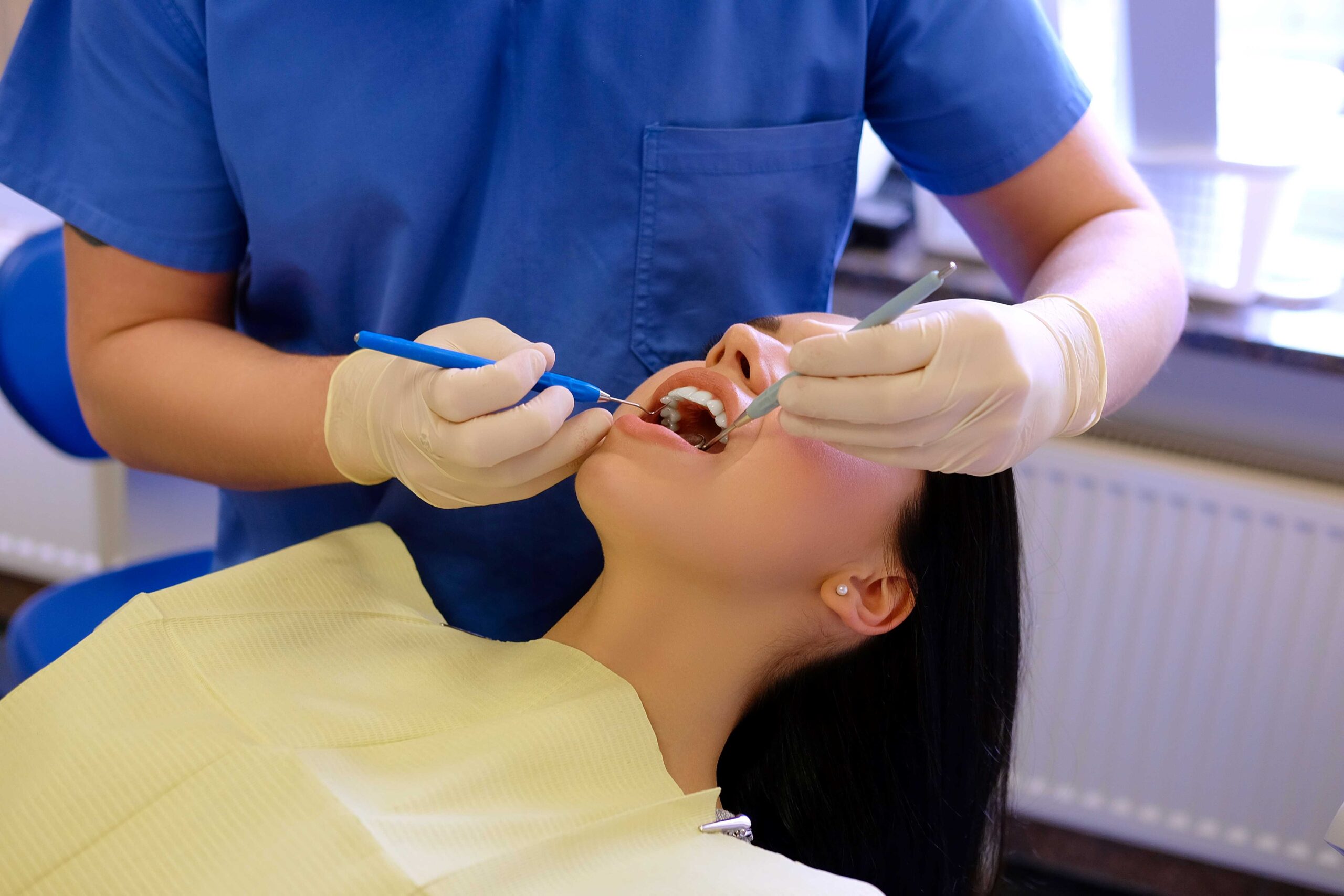Some Known Questions About Legacy Orthodontics.
Some Known Questions About Legacy Orthodontics.
Blog Article
The 7-Minute Rule for Legacy Orthodontics
Table of ContentsAll About Legacy OrthodonticsLegacy Orthodontics - An OverviewThe Facts About Legacy Orthodontics RevealedLegacy Orthodontics Fundamentals ExplainedThe Ultimate Guide To Legacy Orthodontics
In enhancement, we use flexible treatment timetables, adaptable payment alternatives and a fun, pleasurable experience.An orthodontist is a dentist educated to diagnose, stop, and treat teeth and jaw irregularities. Orthodontists work with people of all ages, from children to adults.
Malocclusion, or misaligned teeth, can lead to dental issues, including dental caries, gum tissue condition, and hard or uncomfortable eating. Yet not everyone is birthed with straight teeth. If you have a poor bite or huge areas between your teeth, you may wish to speak with a dental practitioner concentrating on orthodontic treatment.
Some Known Factual Statements About Legacy Orthodontics
( Photo Credit: DigitalVision/Getty Images) Orthodontists use taken care of and detachable oral gadgets, like dental braces, retainers, and bands, to transform the placement of teeth in your mouth. Orthodontic treatment is for oral problems, consisting of: Jagged teethBite troubles, like an overbite or an underbiteCrowded teeth or teeth that are as well much apartJaw misalignmentThe objective of orthodontic treatment is to enhance your bite.
A healthy bite ensures you can eat, eat, and talk correctly. While you might consider orthodontists as mainly for kids or teens who require braces, they can deal with oral issues at any kind of age. Orthodontists participate in university, oral school, and orthodontic institution. After graduation, they spend 2 or 3 years in an orthodontic residency program.
, however not all dental professionals are orthodontists. They concentrate on two areas: How to appropriately and securely move teeth Exactly how to appropriately guide advancement in the teeth, jaw, and faceOnce an orthodontist has finished training, they have the alternative to become board certified.
Getting The Legacy Orthodontics To Work
Misalignment, or malocclusion, is the most usual factor individuals see an orthodontist. It is genetic and is the result of dimension distinctions in between the upper and reduced jaw or between the jaw and teeth. Malocclusion causes tooth overcrowding, a twisted jaw, or uneven bite patterns. Malocclusion is normally treated with: Your orthodontist affixes steel, ceramic, or plastic square bonds to your teeth.
If you have just minor malocclusion, you may have the ability to use clear braces, called aligners, rather than standard dental braces (https://pubhtml5.com/homepage/neteb/). Some people require a headwear to help relocate teeth into line with pressure from outside the mouth. After braces or aligners, you'll need to put on a retainer. A retainer is a custom gadget that maintains your teeth in position.
They're frequently made use of on youngsters. They can develop additional area in the mouth without having to pull teeth. If you have a serious underbite or overbite, you may require orthognathic surgical treatment (also called orthodontic surgical procedure) to extend or shorten your jaw. Orthodontists use cords, medical screws, or plates to sustain your jaw bone.
You might need to see an orthodontist if you have: Crowding or not adequate area for all of your teethOverbite, when your top teeth come your bottom teethUnderbite, when your bottom teeth are also far forwardSpacing or problems with gapsCrossbite, which is when your top teeth fit behind your bottom teeth when your mouth is closedOpen bite or an upright gap between your front base and upper teethMisplaced midline, when the center of your base and upper teeth do not align Fixing an oral malocclusion can: Make biting, chewing, and talking easierImprove the balance of our face and your overall appearanceEase pain from temporomandibular joint conditionsDifferent your teeth and make them simpler to clean up, helping protect against dental cavity or tooth cavities It's usually a dental professional that first notices misaligned teeth throughout a routine examination.
Not known Facts About Legacy Orthodontics

During your initial orthodontic consultation, you'll likely have: A dental examPhotos taken of your face and smileDental X-raysPanoramic (360 level) X-rays of your face and headImpressions to produce molds of your teethThese examinations will assist your orthodontist recognize just how to proceed with your therapy. clear braces. An orthodontist is a dental expert who's had training to treat your teeth and jaw
An orthodontist is focused on your bite, so something like a cracked tooth would be handled by a dentist. Orthodontists are concentrated on your bite, or the means your teeth fit with each other, and the straightness of your teeth.
Ever questioned how celebs always seem to have flawlessly straightened teeth? Orthodontists are dental experts that focus on correcting irregularities in the teeth and jaws.
Our Legacy Orthodontics Ideas

, orthodontists have a diverse toolkit at their disposal. These tried-and-true dental braces use a system of brackets adhered to the teeth and attached by wires.
Clear aligners, like Invisalign, are a popular choice for clients looking for an extra discreet therapy choice. These removable trays are tailor-made to progressively move the teeth's position. Headwear might be utilized in conjunction with braces or aligners to use additional targeted pressures, especially for dealing with jaw disparities. In situations of narrow jaws, palatal expanders can be utilized to produce room for appropriate tooth positioning.
Report this page